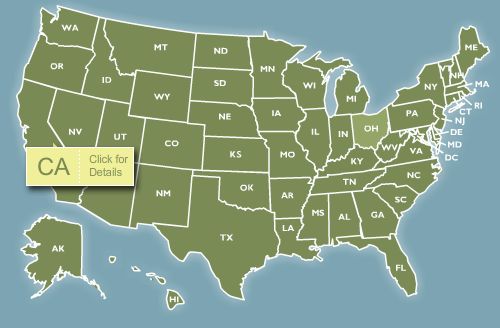Coal Wars: The Empire Strikes Back
A colleague forwarded an interesting Washington Post article and pro-coal propaganda site to us yesterday. Given that the coal industry (mining, transportation, and generation) represent an enormous slice of our economy and are being directly targeted with new coal plant construction being delayed or canceled, it’s not surprising that the industry is starting to fight back. Their use of statistics (accurate, but slanted) is effective. For instance, the “Facts Map” shows about California that 1.1% of California’s electricity comes from coal and that California has the 8th highest electricity prices in the US. Ohio by contrast, gets 87.2% of its power from coal and has the 23rd lowest electricity prices.

It’s worth visiting the America’s Power propaganda site simply to see the messaging. It’s true that 50% of our power comes from coal and we will be the first to support coal generation when it has the emissions of a geothermal plant. Until that time, we shouldn’t invest in more coal plants, we should invest in cleaner generation technology and retire (or retrofit existing plants) for substantially lower emissions.









“we will be the first to support coal generation when it has the emissions of a geothermal plant”
Ah, but don’t let them fool you. There is no such time. Even with carbon sequestering you’re still creating these emissions – you’re just temporarily delaying their release. Extracting energy from coal intrinsically creates carbon dioxide, if nothing else.
“with carbon sequestering you’re still creating these emissions — you’re just temporarily delaying their release.”
Actually, you aren’t even delaying the CO2 release, only about half of it at best! The new sequestration standards in California and Washington allow 1100 pounds of CO2 per megawatt-hour, approximately a 50% reduction. That doesn’t get us anywhere near the 80% reduction needed to avoid the feedbacks that will create dangerous global warming. For example, the proposed Wallula plant in Washington proposes to sequester 65% of its carbon emissions, but to do so they have to burn about 25% more coal, thereby negating a quarter of the benefit. For details on Wallula see http://tinyurl.com/3blkso
IF (OK, big if) you could sequester most of the CO2, albeit if for only a few hundred years, then you might, in deed, have a helpful solution.
As long as you get past the fossil fuel CO2 emissions era, the atmosphere will once again have available capacity to accommodate and fix atmospheric CO2.
The big challenge for humanity will be how to accommodate growing worldwide demand for energy without reaching a disastrous tipping point on climate change. Many people think we’re already there. Some think, we will stop short and some won’t worry about it at all.
But billions of people will think that they’d like to replace their bicycle with a motor scooter or their motor scooter with a small car or add a bigger car to go with their small car.
The world is caught between the “rock” of short term human self-interest in growing energy use and the “hard place” of limited non-emitting energy solutions.
I won’t dismiss ANY prospectively helpful solutions.